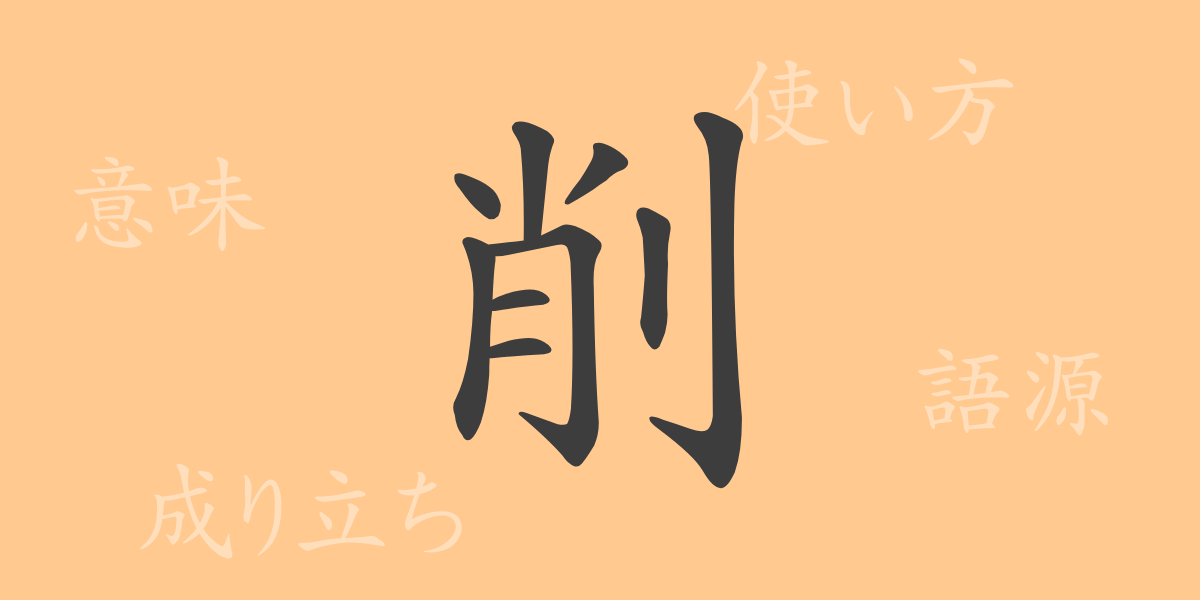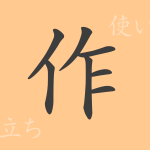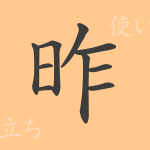There are thousands of kanji in the Japanese language, each with its own unique history and meaning. In this article, we focus on the commonly used kanji “削” (けず.る, saku) and explore its origins, meanings, uses, and various idiomatic expressions. Let’s delve into the power of this single character and rediscover the depth of the Japanese language.
Origins of 削 (けず.る, saku)
The kanji “削” (けず.る, saku) originated in ancient China. It is composed of the radical “木” (き, ki) meaning “wood” and “肖” (しょう, shō), which represents the action of cutting with a blade. This combination originally signified “to shave wood,” and from this primary meaning, it evolved to mean “to shave,” “to reduce,” and “to scrape off.”
Meanings and Uses of 削 (けず.る, saku)
The kanji “削” (けず.る, saku) often refers to actions such as “shaving” or “scraping off” something to make it thinner or smaller. Abstractly, it is used to mean “reducing” or “cutting down,” as in reducing power or budget. It is frequently used in both everyday language and business contexts, such as in “削除” (さくじょ, sakujo – deletion), “削減” (さくげん, sakugen – reduction), and “削る” (けずる, kezuru – to shave).
Readings, Stroke Count, and Radical of 削 (けず.る, saku)
Let’s take a closer look at the readings, stroke count, and radical of the kanji “削” (けず.る, saku).
- Readings: The on’yomi (音読み) reading is “サク” (saku), and the kun’yomi (訓読み) reading is “けずる” (kezuru).
- Stroke count: “削” (けず.る, saku) has a total of 10 strokes.
- Radical: The radical is 刀部 (かたなぶ, katanabu), indicating it is related to blades.
Idioms, Phrases, and Proverbs Using 削 (けず.る, saku) and Their Meanings
There are numerous idioms, phrases, and proverbs that include the kanji “削” (けず.る, saku). Here are a few examples with their meanings:
- 削減 (さくげん, sakugen): Reducing budgets or costs.
- 削除 (さくじょ, sakujo): Removing text or data.
- 削ぎ落とす (そぎおとす, sogiotosu): Removing unnecessary parts.
- 角を削る (かどをけずる, kado o kezuru): Soften the sharp edges of something.
Conclusion on 削 (けず.る, saku)
The kanji “削” (けず.る, saku) is a versatile character used in a wide range of contexts, from physical shaving to abstract reduction. As a commonly used kanji, it is indispensable in both daily life and business settings in Japan. Through this article, we hope to enhance your understanding of the diverse aspects of “削” (けず.る, saku) and help you appreciate the richness of Japanese language expression even more.

























